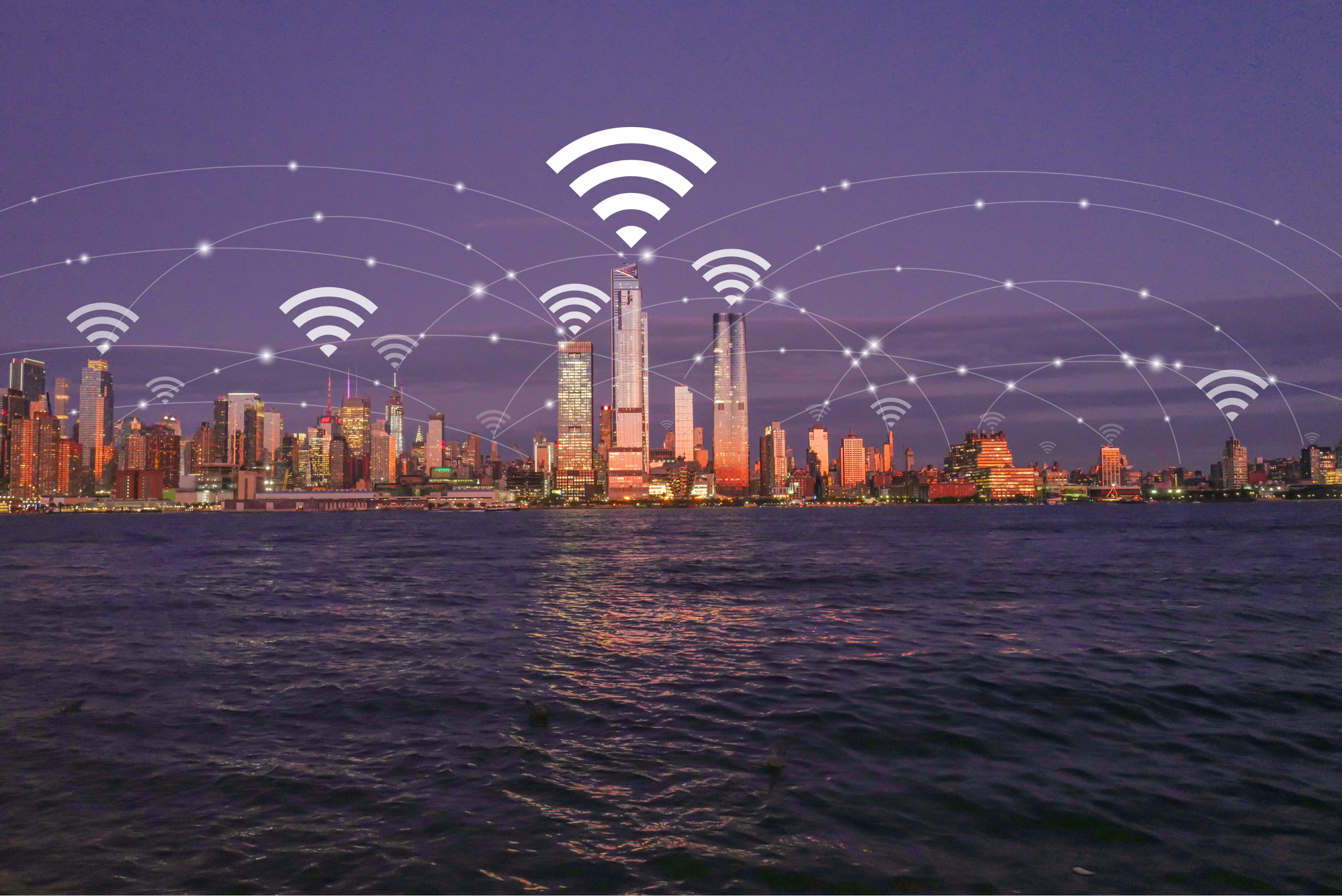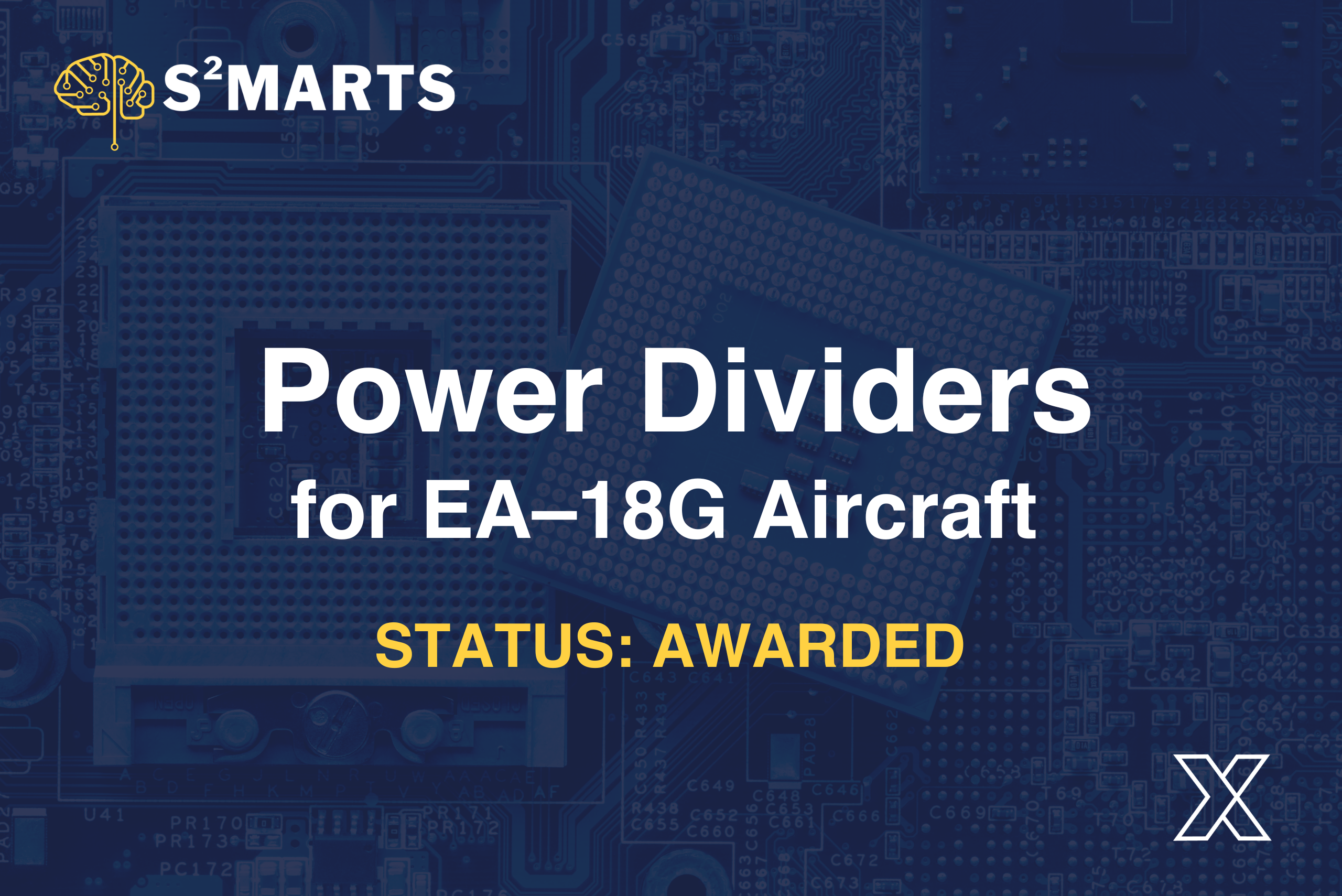5G-Limitless Possibilities?
February 15, 2023

5G technology may be helping citizens connect with one another, but that is not all. 5G is an important part of beefing up military efforts.
How is 5G connectivity making waves in the defense sector?
5G in Military Is the Future
The DoD, or Department of Defense, predicts 5G technology to transform logistics, supply chain, and battlefield applications.
5G connectivity is important to the JADC2 program, because of what 5G technology offers. It is the first solution that is both wireless and end-to-end.
5G considers the entire communication supply chain, ranging from cloud computing to end devices. With JADC2, military services can unite sensors and applications all to one network. This allows the military to share information, creating the grounds for more efficient communication, faster reactions, and cost savings. With 5G in the military, they can address the concerns of the DoD.
High-Speed and High Capacity
5G connectivity has an array of endpoints, ranging from control devices (IoT and MIoT), to mobile phones, and vehicles. Unlike 3G and 4G, 5G has features that are more military-friendly.
5G has high capacity and high-speed capabilities, making it perfect for battlefield imagery reconnaissance. Because of its low-latency communication, time-sensitive data is quickly delivered. Speed helps the military. Cases like controlling robotic devices require fast data and intelligence. 5G technology has a shorter reach, helping the military to evade adversaries from afar.
Autonomous Systems
Experts predict the development and deployment of a variety of autonomous systems with 5G enhancements. Military vehicles packed with 5G technologies could be a way of getting around data processing limitations. This is because large databases could come via the cloud, like maps.
The cloud helps the operators of autonomous vehicles to control them at a great distance. When 5G in military applications combines IoT and AI, the overall dynamics for deploying autonomous vehicles overseas change.
Powerful Weapons Without Aim are Useless
The military embraces today’s upgrades to electronic communications and computing, as they are key to a better defense system. 5G technology is unusual today because it is transferring innovative solutions from civilian companies to the military sector.
In the past, it was the other way around. Things like nuclear energy, rocketry, and radar began in military labs. Today, the private sector largely develops technologies like communications and cloud computing.
Since communications and cloud computing is at such a vast scale, there is no feasible way for the national defense system could keep pace. If warfighters wish to be fast and agile, they need the developments that come from commercial industries.
With current technologies, the military can monitor the battlefield intensively. Jet fighters can use hubs that process information, and the data gives a full picture to military leaders about the scope of the battlefield. This helps them to gain control and execute commands in real-time.
This is the goal, anyway. Reality can fall short of what the human mind can dream up. Currently, there is a patchwork in place, and the military needs upgrades.
A Real-Life Example of What 5G Could Mean for the Military
Here is a scenario that could happen, and here is the challenge with it. Take an F-35 fighter jet that could detect a ballistic missile incoming.
The F-35 can track this ballistic missile in real-time. What it cannot do is convey all the tracking data, including the antimissile batteries, in a short enough span of time to shoot down the projectile.
The goal of 5G in defense is to have this kind of capability.
A Broad Range of Goals
Future battlefields will probably reach a new level of complexity. Beyond weapons and gear, soldiers can have uniforms with network-connected sensors.
This will not only monitor their location but, in theory, can monitor exposure to radioactive hazards and chemicals.
This could be a way to track people’s physical condition. This kind of 5G technology would need a broad network, including space satellites. Such networks would need to be robust enough to accommodate hypersonic systems.
5G in Defense Changes Everything
5G technology uses a lot of the 4G network infrastructure. However, it is a more thorough approach to security and delivery. Combining multiple sophisticated technologies for a faster, more reliable, and more secure transmission, 5G connectivity is an end-to-end network.
5G uses NFV (network functions virtualization) and SDN (software-defined networking). They virtualize the network transport. This provides security on many levels, preventing what became of 4G with its exploitations.
To build routing paths leveraging virtualized network services, this approach has the flexibility necessary to get the job done for the military. Mobile end devices can connect with dynamic applications and a highly distributed environment.
5G Technology’s Greatest Strength
The greatest strength of 5G in the military is also its biggest challenge. There is the delivery of more services, apps, and devices using the same network. This offers a large surface to attack.
There are a lot of devices that are non-conventional endpoints. This includes the military, sensors, and IoT devices.
Traditional security paradigms like adding end-point protection and updating operating systems in this environment are not practical.
5G connectivity addresses this dilemma with a multi-layer approach. It defines the end-to-end security concept. This goes beyond all previous wireless access technologies.
The multi-layer approach is as follows.
Encrypted User and Control Traffic
This happens even during the initial authentication. It helps to avoid identity theft or tracking. Application and end-device could overlay added end-to-end encryption.
This brings an extra layer of security that is application specific, which is critical for a military application.
Minimizing the Impact of DoS Attacks
5G fends off DoS attacks with network slicing. Network slicing is a way to split and isolate the network across various virtual infrastructures. This is based on the devices or services used.
This means that within each slice, 5G can isolate the virtualized infrastructure. The effect of a DoS attack is minimal because the location is on a small piece of the network.
5G in the military uses ML-based anomaly detection. Each service can be throttled and supervised. This gives the military control over an attack’s impact.
Further, parts of the network can have protection and isolation through dedicated anti-DoS gateways.
The Zero Trust Approach
This is the most impactful tactic. That is because there is no trust given to any device, user, data flow, or application. All new relationships with 5G communication require authentication.
Zero Trust Security is a requirement to further enhance its impact. As part of a device configuration, every single device needs automatic security embedded.
Risks and Concerns
The same thing that makes 5G strong also makes it risky too. 5G in defense means implementation with a wide collection of suppliers. With immature technology and standard interfaces, it becomes challenging. The problem is that tailored solutions, which are vendor-specific, often target specific verticals.
This is for now, anyway. Wait until the new generation of 5G arrives, creating new visibility issues.
Information Technology operations for commercial organizations are still battling today’s virtualized infrastructures and commercial cloud. They battle with its security and design.
What further creates complications is the 5G networks’ scale and complexity.
Today’s 5G network can become overwhelmed by traffic with massive boosts in the number of end devices. Security monitoring systems can also receive overwhelming traffic.
Defending Innovation
Organizations that help the government’s defense initiatives often work in silos, which does not benefit our military. Instead, the government must foster cooperation among suppliers and contractors, supporting a cohesive R&D initiative.
Solutions must work toward one uniting network and one goal, not just their own area or location.
Remember, the 5G draws from a prior network. 5G can improve experiences with the right amount of innovation and research. With sound concepts, providers can make it a reality.
5G Applications–Limitless Possibilities
Is the sky really the limit for 5G applications? Not at all.
The possibilities for 5G in the military and defense could reach the ends of the universe and beyond if innovation keeps creating new ideas and solutions.
At NSTXL, we are revolutionizing government innovation and reigniting America’s competitive edge. In half the time, NSTXL brings the most advanced concepts to life.
We do this by embracing collaboration, alignment, credibility, transparency, and competition.
What could 5G mean for you? Contact NSTXL today to learn more.





